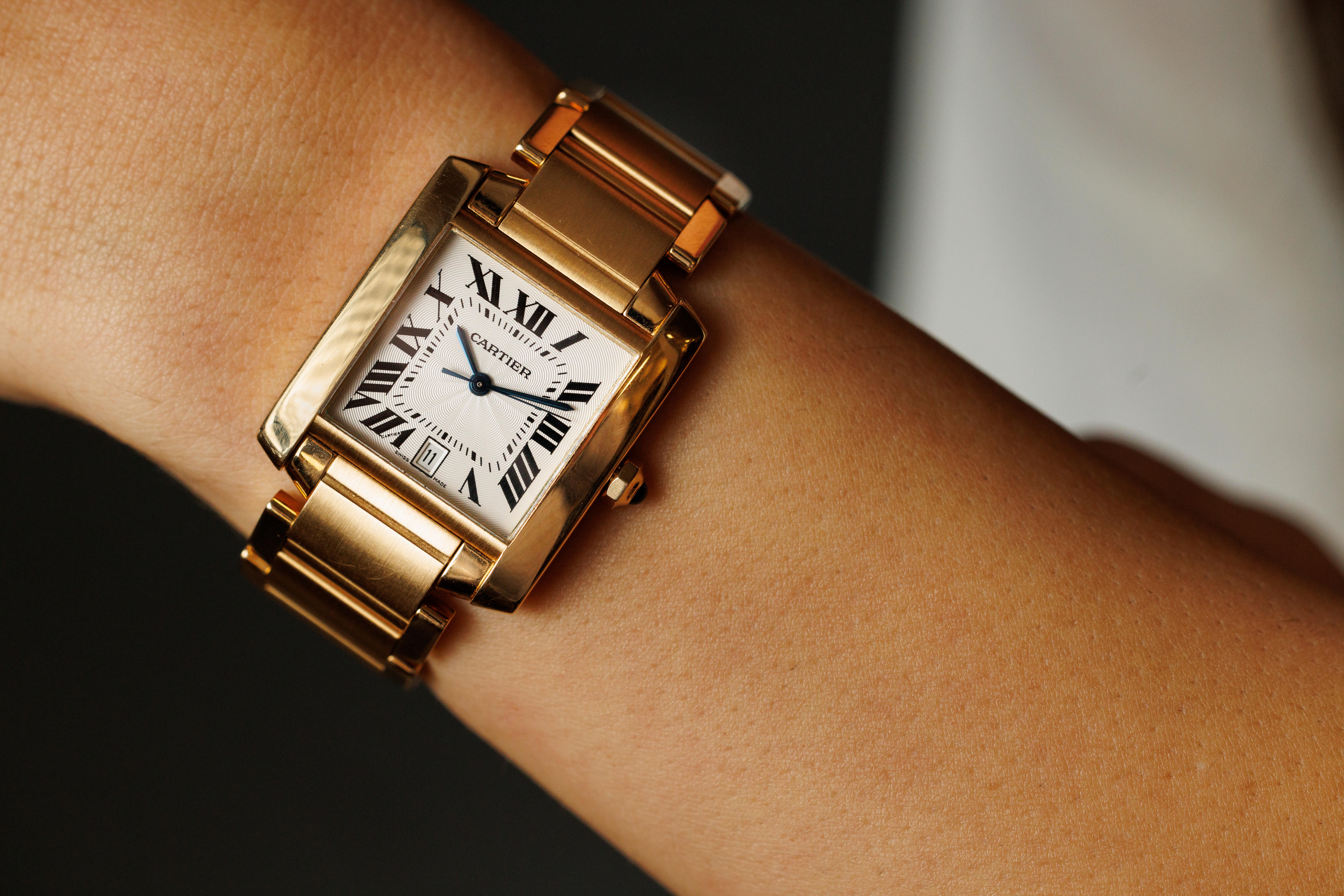
One notable trend reshaping the auction landscape is the growing influence of buyers under 40. This demographic, often referred to as millennials and Generation Z, has shown a strong appetite for luxury items, but their preferences differ significantly from previous generations. While classic paintings and antique furniture still hold appeal, younger buyers are gravitating towards contemporary art, urban culture memorabilia, and, notably, high-end watches.
The rise of watch collectors among the under-40 crowd is a compelling example of this shift. Luxury timepieces, once considered the domain of seasoned connoisseurs, are capturing the imagination of a new generation of buyers. Several factors contribute to this trend:
Accessible Luxury: Auction houses have made luxury more accessible. If you think about the watch market there is a wide range of brands and models, from iconic Rolex and Patek Philippe to independent watchmakers. The diversity in offerings caters to different budgets, inviting younger buyers into the world of horology.
Investment Potential: Many younger buyers view luxury watches as not just stylish accessories but also as investments. They recognise that certain timepieces appreciate in value over time, and auctions provide a transparent platform to acquire these assets.
Cultural Significance: Modern luxury watches are often associated with cultural phenomena. Limited-edition collaborations with celebrities or tie-ins with popular culture, such as movie franchises, attract younger buyers who seek items with a narrative.
Online Engagement: Auction houses have embraced digital platforms and social media to engage with younger audiences. Live streaming of auctions, interactive bidding apps, and behind-the-scenes content resonate with tech-savvy buyers.
Sustainability: The new generation of buyers is environmentally conscious. They appreciate the longevity and sustainability of luxury watches, as they can be passed down through generations. As auction houses adapt to these changing dynamics, they are redefining luxury by diversifying their offerings and enhancing the buying experience. The auction world is no longer solely about acquiring status symbols; it is about connecting with the stories and craftsmanship behind each piece.
In conclusion, the evolving concept of luxury within auction houses reflects broader societal shifts. As younger buyers reshape the market, auction houses must cater to their preferences, whether that means featuring contemporary art, urban culture artifacts, or high-end watches. The luxury of today is not just about extravagance; it's about authenticity, personal connection, and the potential for lasting value. This transformation ensures that auction houses remain relevant and exciting for generations to come.




